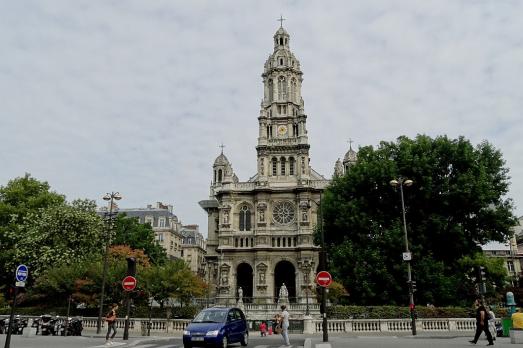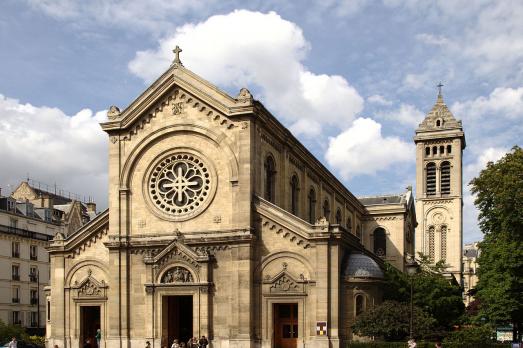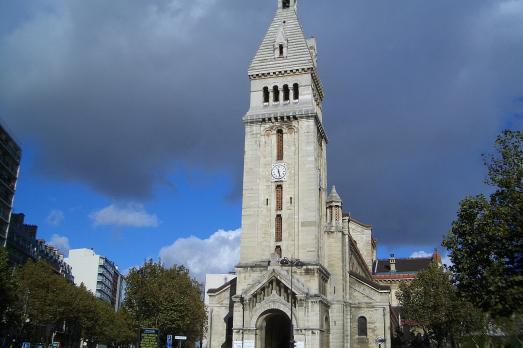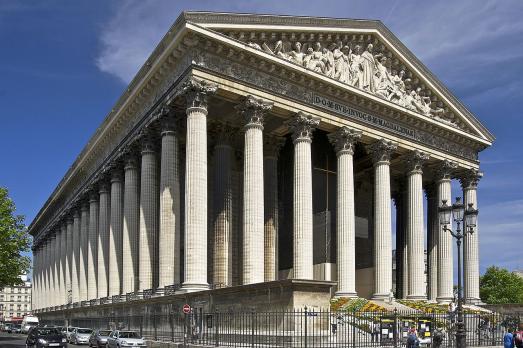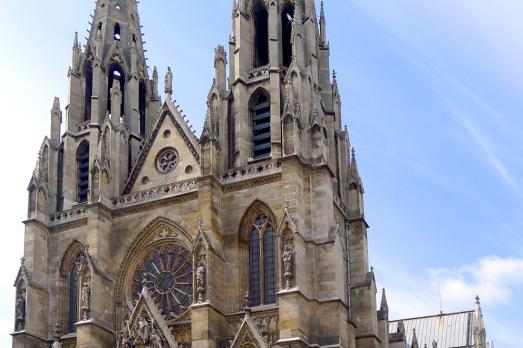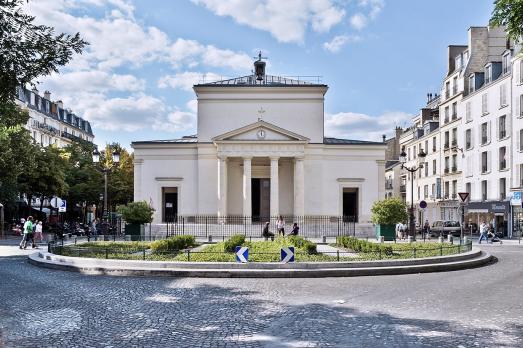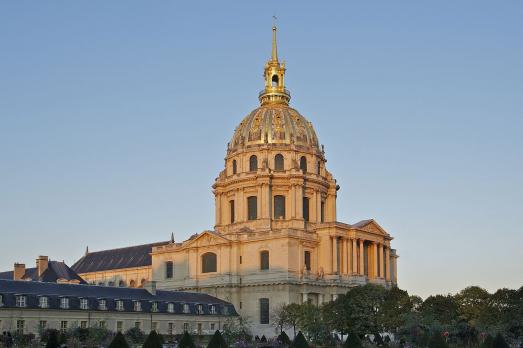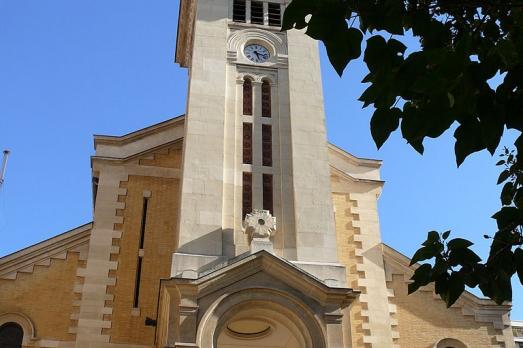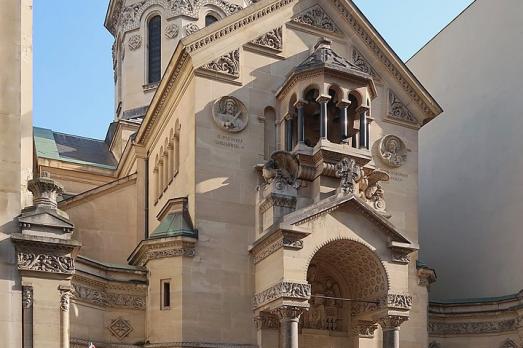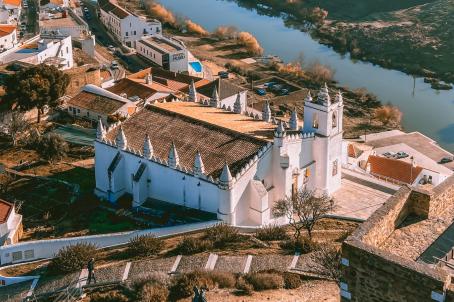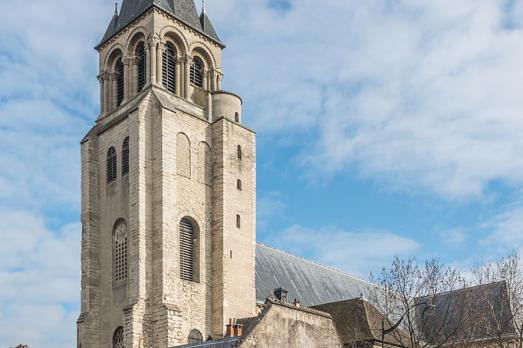
Saint-Germain-des-Près
Paris, FR
The church is part of an old Benedictine royal abbey dating from the 6th century. The building was rebuilt by Abbot Morard in the 10th century. The current choir was built in the middle of the 12th century and consecrated by Pope Alexander III. Conventual buildings successively rebuilt during the 13th century. After the Revolution, the church lost its status as an abbey church to become a parish abbey. Reconstructions carried out between 1821 and 1854. Church classified as a historical monument by list in 1862. Remains of the former abbey classified in 1953. Saint-Germain-des-Prés church is the oldest of the great Parisian churches.
